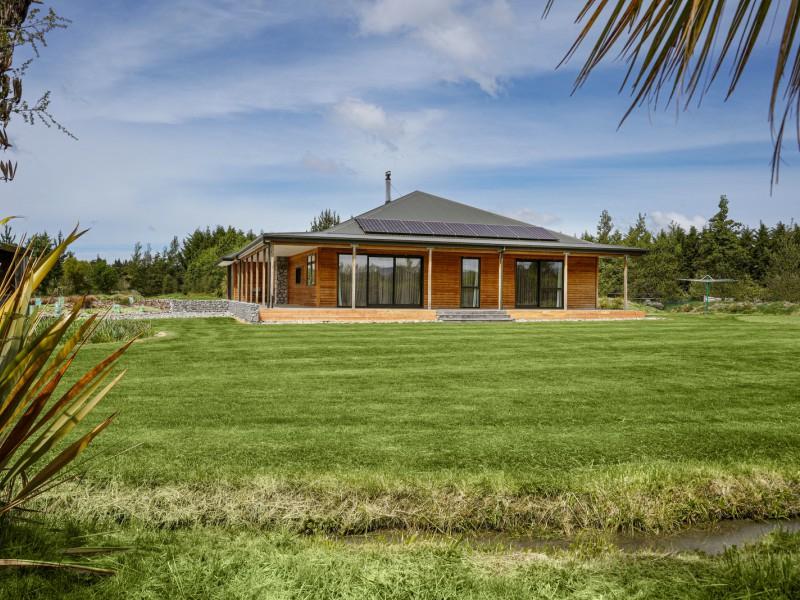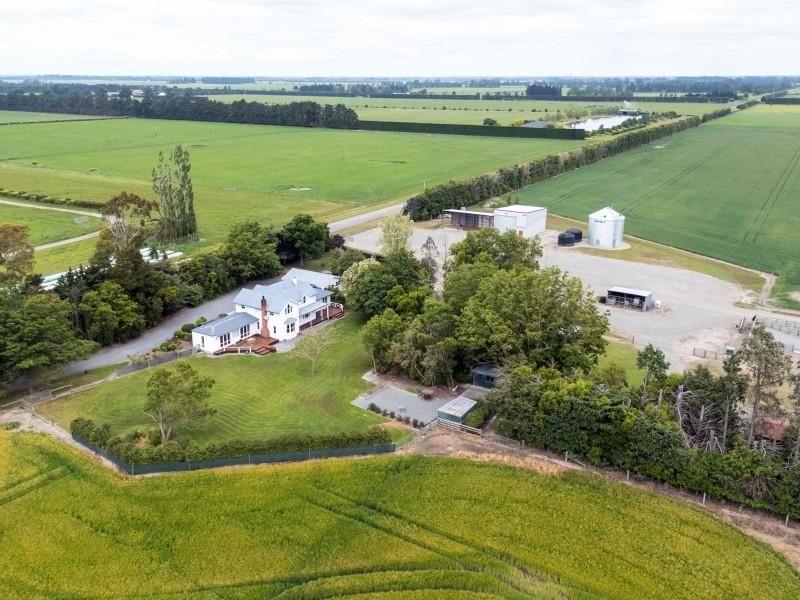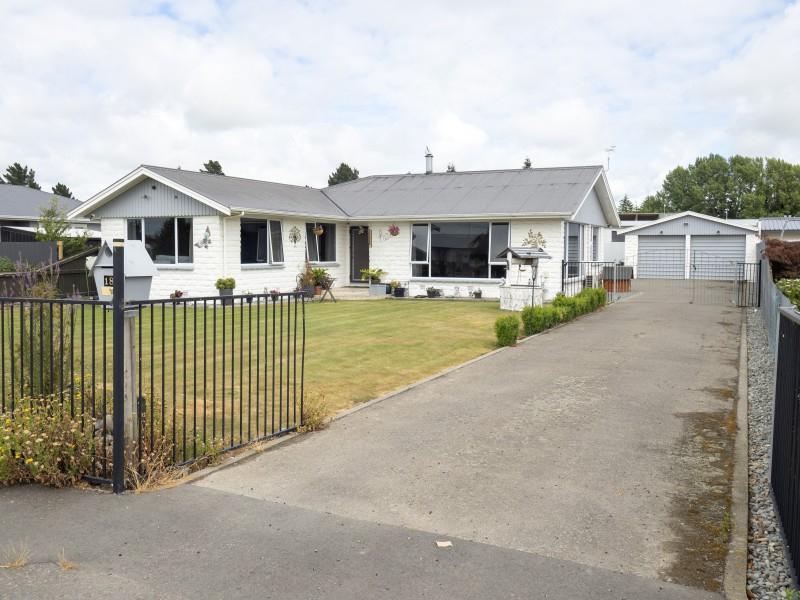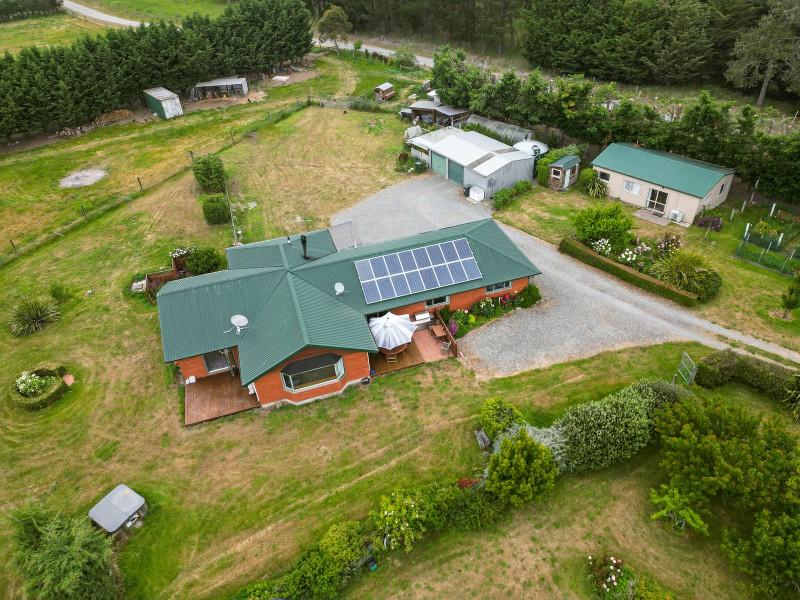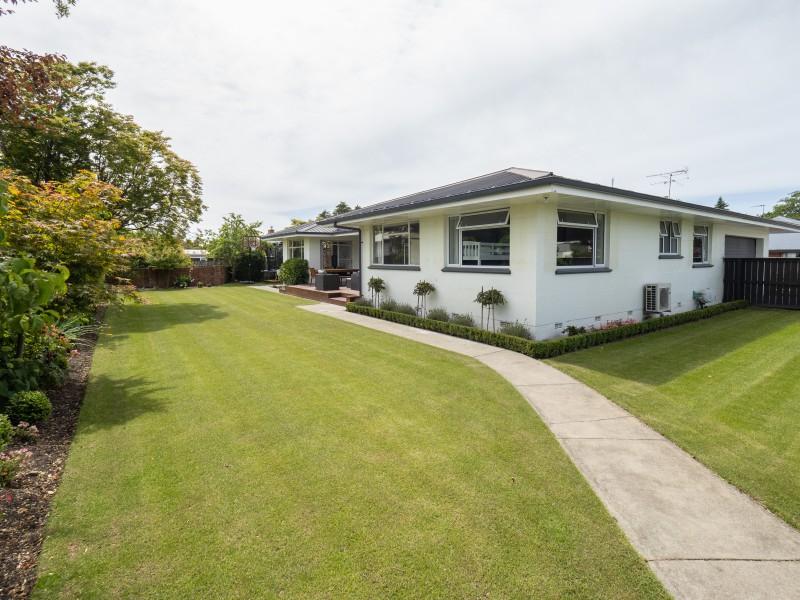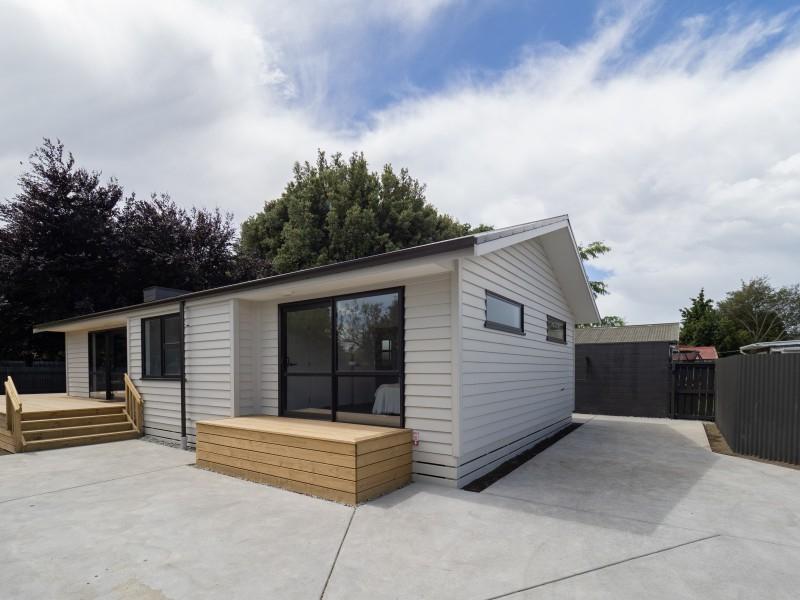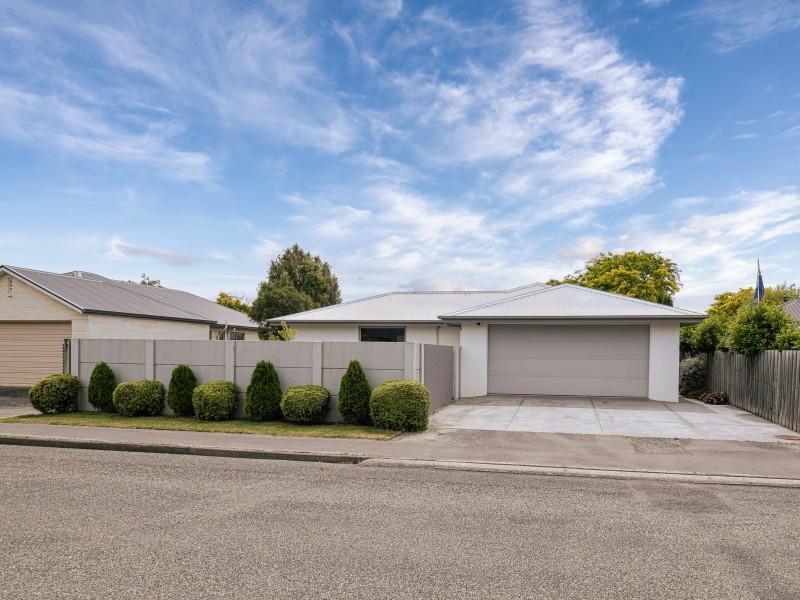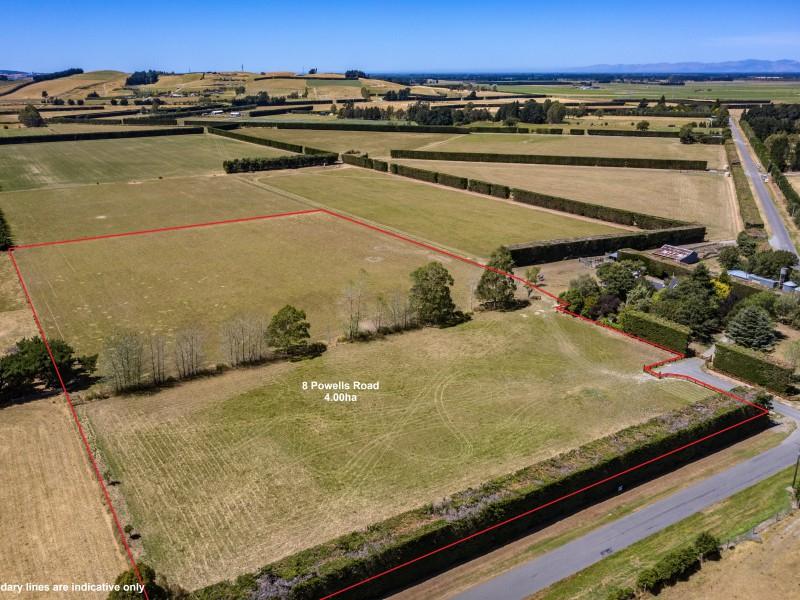How much green is going in Ashburton’s red bin?
By local democracy reporter Jonathan Leask:
How much green waste the Ashburton District sends to landfill will be investigated before introducing kerbside green waste collection.
It is estimated that green waste makes up around 40% of the district’s general wast.
The Ashburton District Council is planning to introduce green waste collection in 2026, to align with a new waste management contract.
It has to start collecting household food waste by 2027 under government legislation, but in the long-term plan, the council is proposing to expand that to a food and organic waste collection service.
Which service it lands on will be decided over the next few weeks as councillors deliberate on public feedback to the draft plan.
But councillor Richard Wilson wants work done to get a clearer picture of how much green waste is being sent to the landfill at Kate Valley.
“So we don’t wake up on the first day of green waste and go 'whoops we were wrong' by what could be three of four thousand tonnes quite easily”.
Infrastructure and open spaces group manager Neil McCann said it was something the council could look into.
“We could do an occasional audit over the next few months just to get an idea or feel towards how much green waste is in the red bins.
“It would be a good idea to get a rough estimate.”
Between June 2023 and March, the Ashburton District sent 11,426 tonnes of waste to the regional landfill at Kate Valley.
That puts the district on track to surpass the 14,800 tonnes in the previous financial year.
The introduction of green waste bins aims to dramatically reduce those figures, with a 2001 study showing between 32-40% of the waste going to landfill was organic.
The introduction of green waste bins will also present a cost saving by reducing the amount of waste being transported to Kate Valley.
For both green bin options the collected waste would be taken to the Ashburton Resource Recovery Park, and then sent to a plant in Canterbury for composting.
But there is a setup cost and additional cost of collection.
The council expect to receive a waste minimisation fund subsidy to help offset the introduction costs.
The 240-litre organic and food waste bin would cost ratepayers $72 while the 23-litre food waste bins would cost $35 per year.

Worst Xmas ever?
There's a a lot of planning that goes into Christmas day and sometimes things just don't go to plan. But it can be a good thing - a family mishap or hilarious memory that you can laugh about in Christmases to come.
Whether you burnt the dinner or were stranded at an airport...
Share your Christmas mishaps below!

⚠️ DOGS DIE IN HOT CARS. If you love them, don't leave them. ⚠️
It's a message we share time and time again, and this year, we're calling on you to help us spread that message further.
Did you know that calls to SPCA about dogs left inside hot cars made up a whopping 11% of all welfare calls last summer? This is a completely preventable issue, and one which is causing hundreds of dogs (often loved pets) to suffer.
Here are some quick facts to share with the dog owners in your life:
👉 The temperature inside a car can heat to over 50°C in less than 15 minutes.
👉 Parking in the shade and cracking windows does little to help on a warm day. Dogs rely on panting to keep cool, which they can't do in a hot car.
👉 This puts dogs at a high risk of heatstroke - a serious condition for dogs, with a mortality rate between 39%-50%.
👉 It is an offence under the Animal Welfare Act to leave a dog in a hot vehicle if they are showing signs of heat stress. You can be fined, and prosecuted.
SPCA has created downloadable resources to help you spread the message even further. Posters, a flyer, and a social media tile can be downloaded from our website here: www.spca.nz...
We encourage you to use these - and ask your local businesses to display the posters if they can. Flyers can be kept in your car and handed out as needed.
This is a community problem, and one we cannot solve alone. Help us to prevent more tragedies this summer by sharing this post.
On behalf of the animals - thank you ❤️

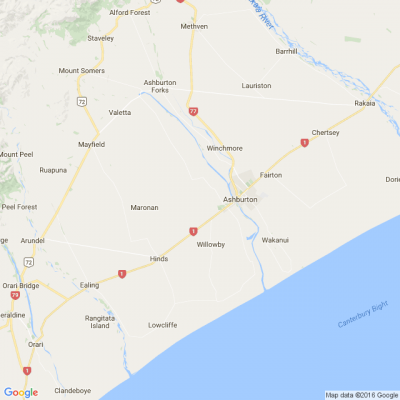
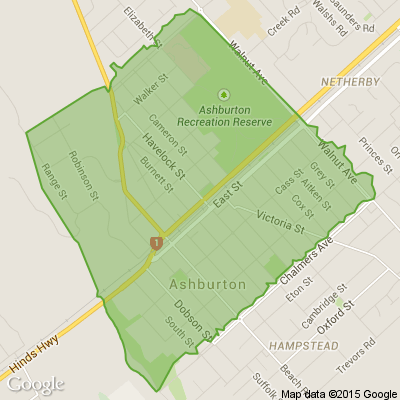





 Loading…
Loading…